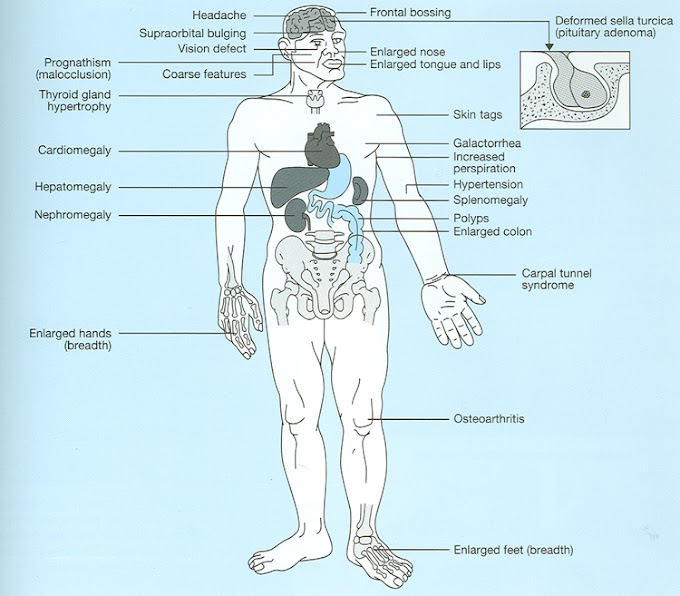
Definition
Aase syndrome is a rare disorder that involves anemia and certain joint and skeletal deformities.
Alternative Names
Aase-Smith syndrome; Hypoplastic anemia/Triphalangeal thumb syndrome
Causes, Incidence, and Risk factors
Most cases of Aase syndrome occur without a known reason and are not passed down through families (inherited). However, some cases have been shown to be inherited.
The anemia in Aase syndrome is caused by poor development of the bone marrow, which is where blood cells are formed.
Symptoms
- Absent or small knuckles
- Cleft palate
- Decreased skin creases at finger joints
- Deformed ears
- Droopy eyelids
- Inability to fully extend the joints from birth (contracture deformity)
- Narrow shoulders
- Pale skin
- Triple-jointed thumbs
Signs may include:
- Delayed closure of soft spots (fontanelles)
- Mildly slowed growth
- Bone marrow biopsy
- Complete blood count (CBC)
- Echocardiogram
- X-rays
Blood transfusions are given in the first year of life to treat anemia. Prednisone has also been used to treat anemia associated with Aase syndrome. However, it should only be used after reviewing the benefits and risks with a doctor who has experience treating anemias.
A bone marrow transplant may be necessary if other treatment fails.
Expectations (prognosis)
The anemia tends to improve with age.
Complications
Complications related to anemia include:
- Fatigue
- Decreased oxygen in the blood
- Weakness
Severe cases of Aase syndrome have been associated with stillbirth or early death.
Calling your health care provider
Call your health care provider if you notice possible signs of Aase syndrome in your child. Genetic counseling is recommended if you have a family history of Aase syndrome. Genetic counseling can help families understand issues such as how the disease is inherited, and the care, treatment, and possible outcome of the patient.
Prevention
There is no known prevention.With prompt recognition and treatment of infections in childhood, the complications of low white blood cell counts may be limited.




0 Comments